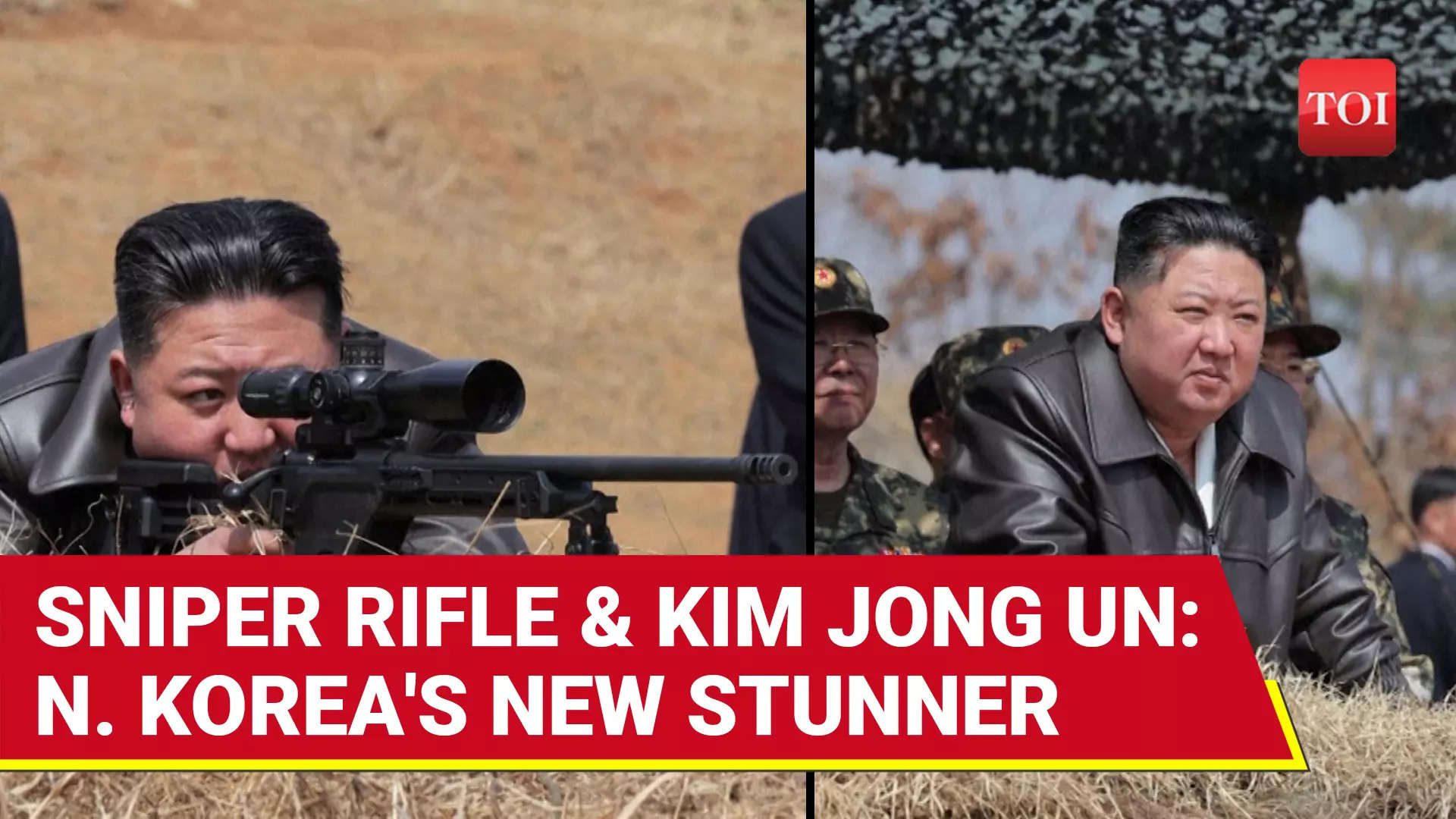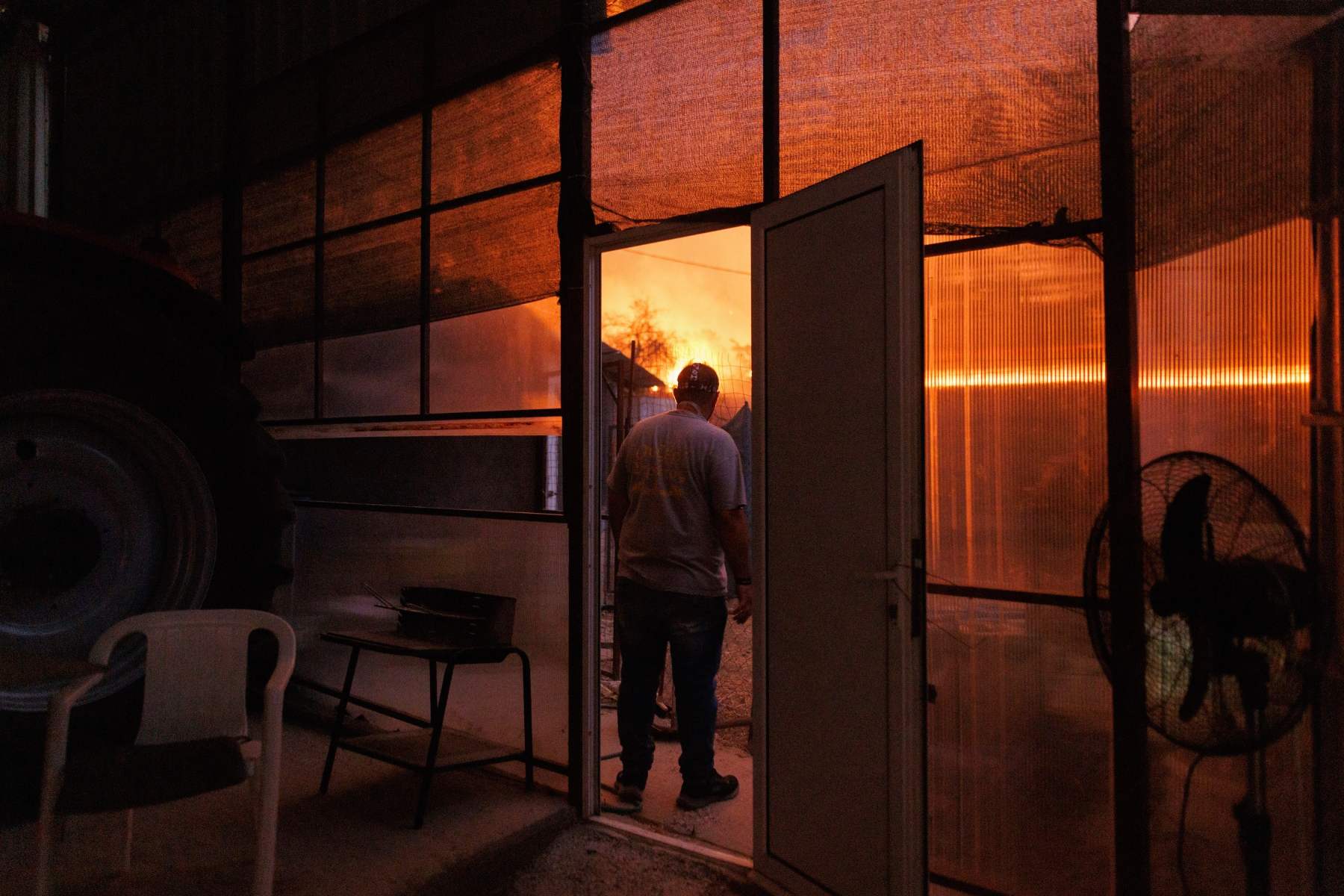The total cost of the US military’s operation against the Iran-backed Houthi militants in Yemen is nearing $1 billion in just under three weeks, even as the attacks have had limited impact on destroying the terror group’s capabilities, three people briefed on the campaign’s progress told CNN. The military offensive, which was launched on March 15, has already used hundreds of millions of dollar’s worth of munitions for strikes against the group, including JASSM long-range cruise missiles, JSOWs, which are GPS-guided glide bombs, and Tomahawk missiles, the sources said. B-2 bombers out of Diego Garcia are also being used against the Houthis, and an additional aircraft carrier as well as several fighter squadrons and air defense systems will soon be moved into the Central Command region, defense officials said this week.
One of the sources said the Pentagon will likely need to request supplemental funding from Congress to continue the operation, but may not receive it — the offensive has already been criticized on both sides of the aisle, and even Vice President JD Vance said he thought the operation was “a mistake” in a Signal chat published by The Atlantic last week. The Pentagon has not publicly disclosed what impact the daily US military strikes have actually had on the Houthis. Officials from the Pentagon’s Joint Staff, US Central Command, US Indo Pacific Command, Office of the Undersecretary of Defense for Policy, and the State Department told Congress in recent days that the strikes have eliminated several members of Houthi leadership and destroyed some Houthi military sites.

But they acknowledged that the group has still been able to fortify their bunkers and maintain weapons stockpiles underground, much as they did during the strikes that the Biden administration carried out for over a year, the sources said. And it has been difficult to determine precisely how much the Houthis still have stockpiled, a defense official said. “They’ve taken out some sites, but that hasn’t affected the Houthis’ ability to continue shooting at ships in the Red Sea or shooting down US drones,” said one of the sources briefed on the operation.
“Meanwhile, we are burning through readiness—munitions, fuel, deployment time.” The New York Times first reported details of the military operation shared in briefings with Congress. The operational tempo of the strikes is also higher now that CENTCOM Commander Erik Kurilla no longer needs higher-level approval to conduct strikes—a shift from the Biden administration and a return to the policies of Trump’s first term, when military commanders were given more freedom to carry out missions in order to achieve “a strategic effect” as opposed to needing case-by-case approval from the White House for each strike and raid.
It’s still not clear, though, how long the Trump administration plans to continue the offensive, which CENTCOM has described as a “24/7” operation. Trump has said it will last until the Houthis stop attacking Red Sea shipping, but despite weeks of bombing the Houthis have continued launching missiles and drones at targets in and over the Red Sea. Earlier this week, they shot down another US MQ-9 Reaper drone—the second MQ9 shot down since the offensive began last month, multiple sources told CNN.
Another defense official noted, however, that ballistic missile attacks from the Houthis against Israel have decreased in the last week, and said the relentless US bombing campaign has made it more difficult for the Houthis to communicate and hit things accurately because they’ve been forced to “keep their heads down.” The people briefed on the operation also all described the Houthi officials who have been killed in the US strikes as mid-level, akin to “middle management.” One exception is the Houthi official in charge of the group’s drone operations, who was killed in a strike last month, officials said.
National Security Adviser Mike Waltz referenced that Houthi leader in the Signal chat in March that was disclosed by The Atlantic. Waltz said in that chat that the Houthis’ “top missile guy” was killed when he walked into his girlfriend’s building in Yemen which “collapsed” amid US strikes. Two of the sources briefed on the ongoing operation said that comment is indicative of how the US military under Trump is taking a more “expansive” approach to the strikes than the Biden administration did, in terms of being less concerned about collateral damage.
The Houthis have long used more populated areas to conceal command and control sites, the sources said. But one of the defense officials said the building was not a civilian apartment building, but rather a meeting place for Houthi officials, and that the US military is using precision munitions and taking other measures to mitigate the risk of civilian casualties. The large-scale operation has also rattled some officials at US Indo-Pacific Command, who have complained in recent days and weeks about the large number of long-range weapons being expended by CENTCOM against the Houthis, particularly the JASSMs and Tomahawks, the sources said.
Those weapons would be critical in the event of a war with China, and military planners at INDOPACOM are concerned that the CENTCOM operation could have a negative impact on US military readiness in the Pacific. One of the defense officials also downplayed that concern, calling it “an exaggeration.” “We employ precision munitions in every strike.
We retain authority to use the full capacity of our deployed forces in the Middle East region against the Houthis,” the official said. “We have no concern about employment of long-range weapons when and if needed to maximize our effectiveness..
















